
cd_nom
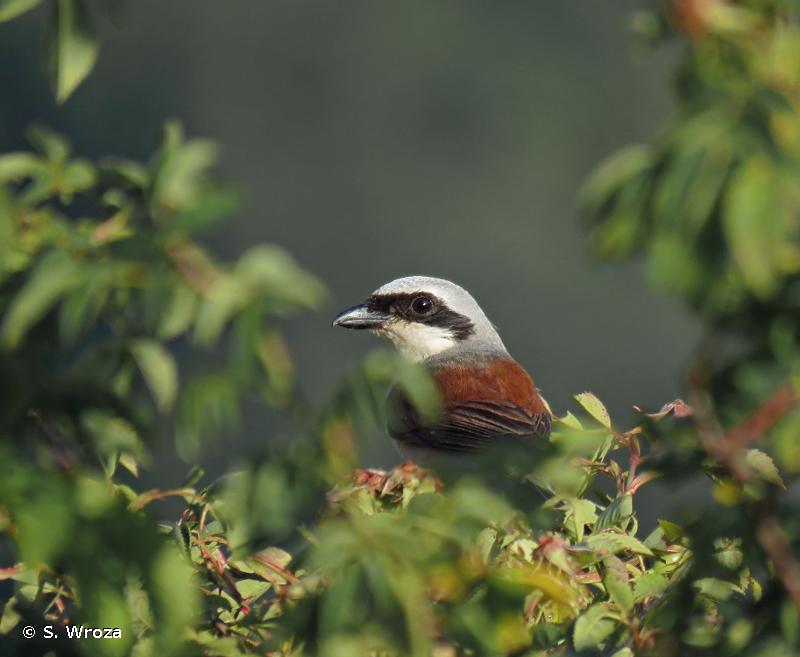
| Author : S. Wroza |
 |
Despite the Creative Commons license, please inform the author of the use which will be made of his photo
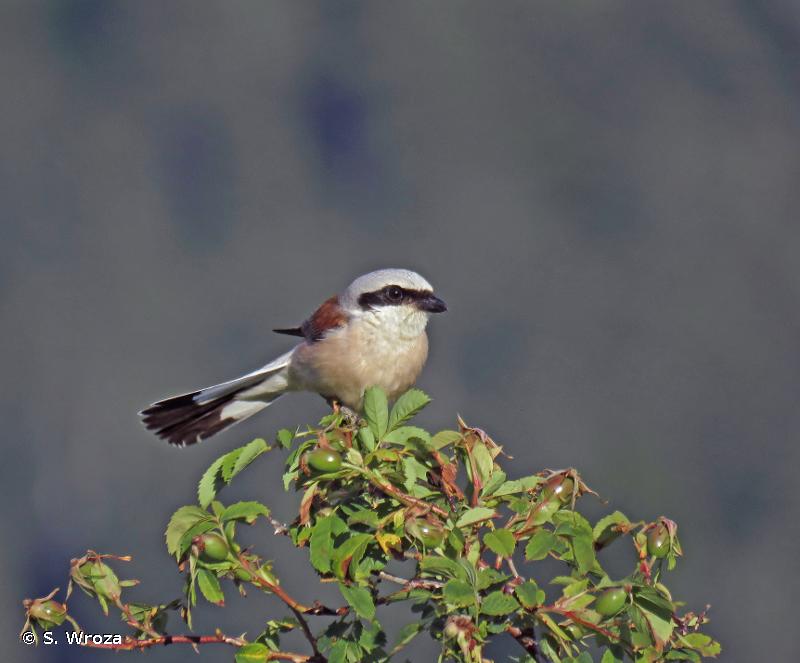
| Author : S. Wroza |
 |
Despite the Creative Commons license, please inform the author of the use which will be made of his photo
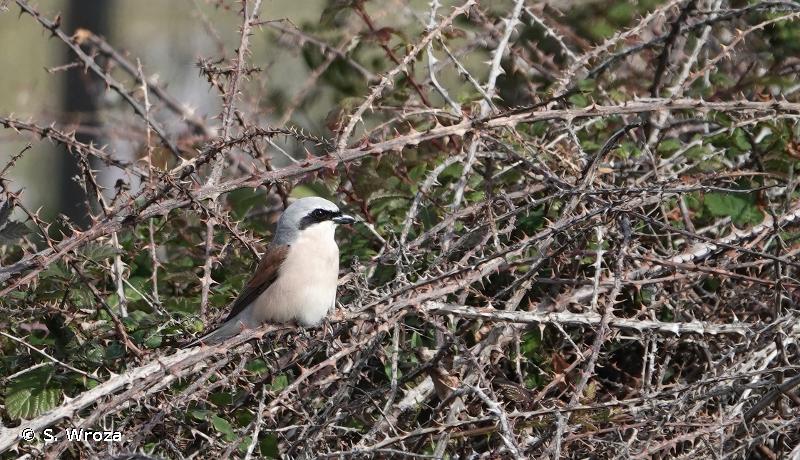
| Author : S. Wroza |
 |
Despite the Creative Commons license, please inform the author of the use which will be made of his photo
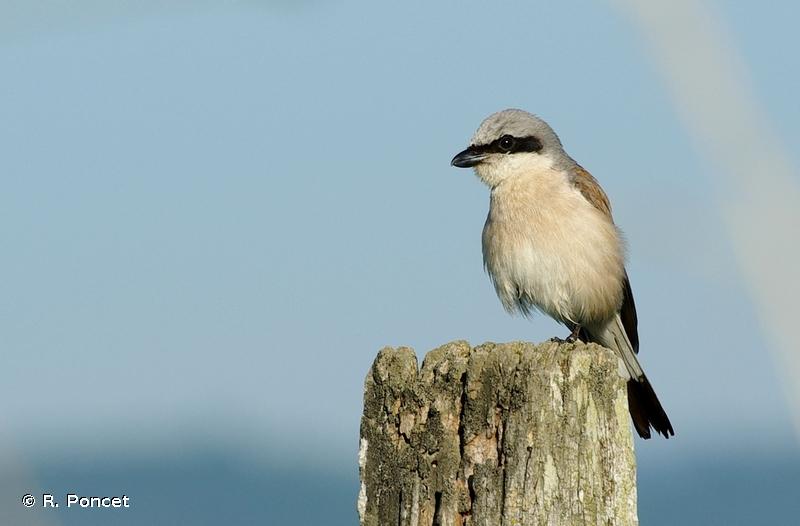
| Author : R. Poncet |
 |
To get the picture, please visit:
Rémy Poncet
Despite the Creative Commons license, please inform the author of the use which will be made of his photo
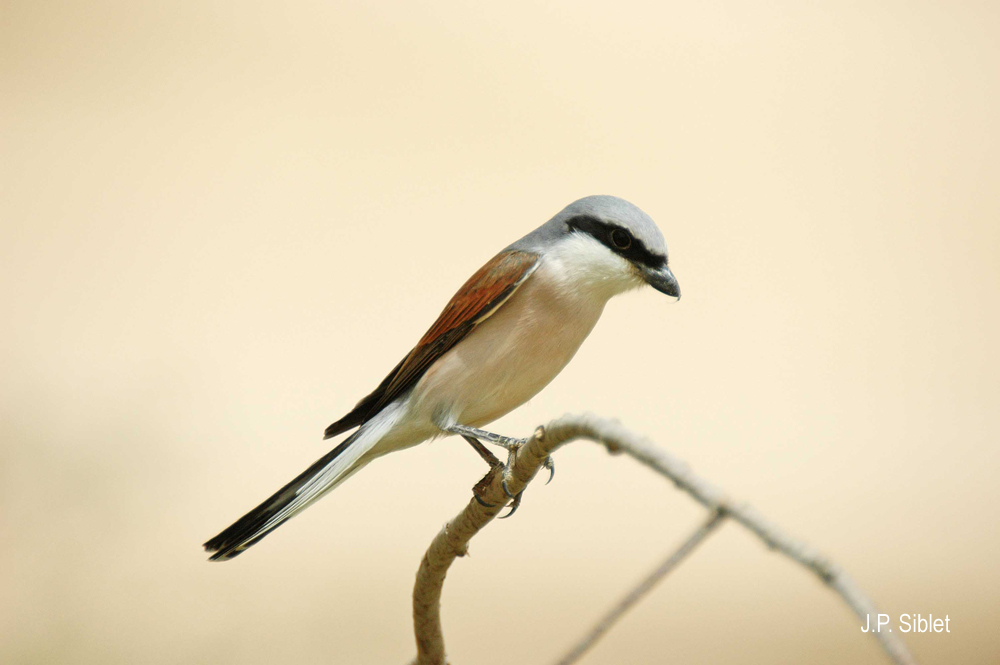
| Author : J.P. Siblet |
 |
To get the picture, please visit:
Jean-Philippe Siblet
Directeur Service du Patrimoine Naturel
Muséum national d'Histoire naturelle
CP41e 36 rue Geoffroy Saint-Hilaire
75 005 Paris
email : siblet@mnhn.fr
Despite the Creative Commons license, please inform the author of the use which will be made of his photo

| Author : O. Roquinarc'h |
 |
To get the picture, please visit:
Océane ROQUINARC'H,
Muséum national d'Histoire naturelle,
Service du Patrimoine Naturel,
4 Avenue du Petit Château,
91800 BRUNOY
mail : oroquinarch@mnhn.fr
Despite the Creative Commons license, please inform the author of the use which will be made of his photo
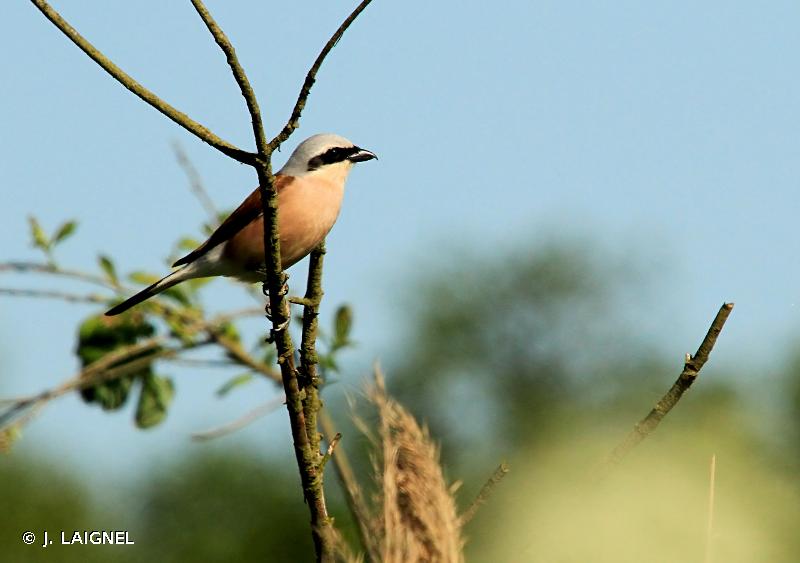
| Author : J. LAIGNEL |
 |
To get the picture, please visit:
Julien Laignel
Chargé demission SNB - SPN/MNHN
4, avenuedu Petit Château
91800BRUNOY
Tel.:06.10..68.23.36
Mail:julien.laignel@9online.fr
Despite the Creative Commons license, please inform the author of the use which will be made of his photo
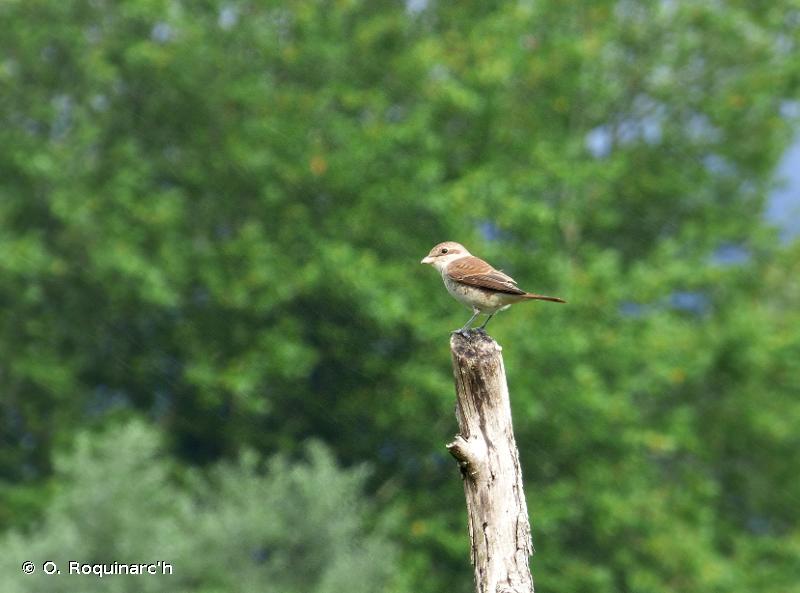
| Author : O. Roquinarc'h |
 |
To get the picture, please visit:
Océane ROQUINARC'H,
Muséum national d'Histoire naturelle,
Service du Patrimoine Naturel,
4 Avenue du Petit Château,
91800 BRUNOY
mail : oroquinarch@mnhn.fr
Despite the Creative Commons license, please inform the author of the use which will be made of his photo

| Author : S. Wroza |
 |
Despite the Creative Commons license, please inform the author of the use which will be made of his photo
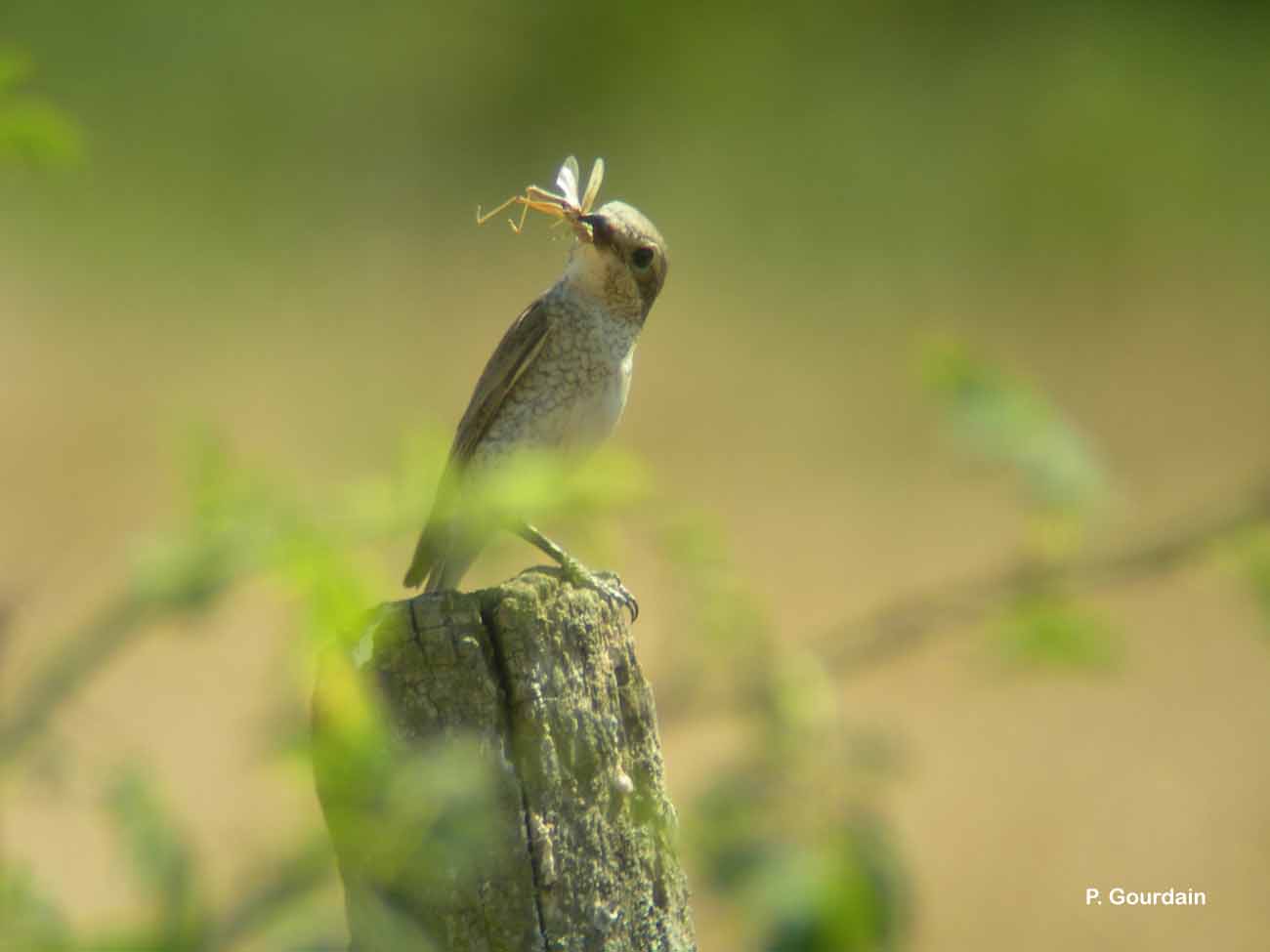
| Author : P. Gourdain |
 |
To get the picture, please visit:
Philippe GOURDAIN
Muséum national d'Histoire naturelle - Service du Patrimoine Naturel
36 rue Geoffroy Saint-Hilaire
CP 41
75 231 PARIS CEDEX 05
e-mail : inpn@mnhn.fr
Legend: Bransles
Despite the Creative Commons license, please inform the author of the use which will be made of his photo

| Author : J. LAIGNEL |
 |
To get the picture, please visit:
Julien Laignel
Chargé de mission SNB - SPN/MNHN
4, avenue du Petit Château
91800 BRUNOY
Tel.: 06.10.68.23.36
Mail: julien.laignel@9online.fr
Despite the Creative Commons license, please inform the author of the use which will be made of his photo

| Author : E. SANSAULT - ANEPE Caudalis |
 |
To get the picture, please visit:
Eric Sansault
ANEPE Caudalis
email : inpn@mnhn.fr
Despite the Creative Commons license, please inform the author of the use which will be made of his photo
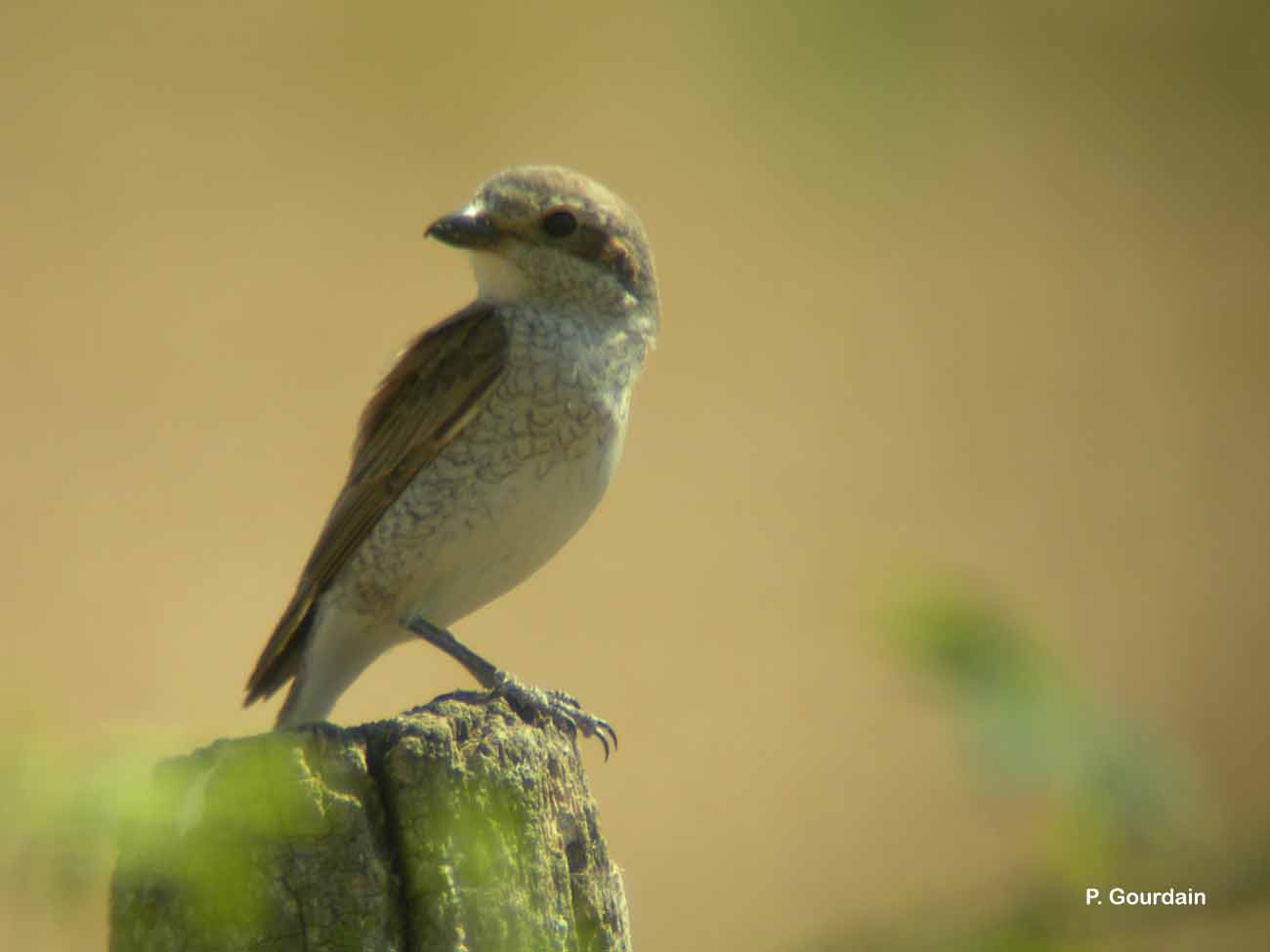
| Author : P. Gourdain |
 |
To get the picture, please visit:
Philippe GOURDAIN
Muséum national d'Histoire naturelle - Service du Patrimoine Naturel
36 rue Geoffroy Saint-Hilaire
CP 41
75 231 PARIS CEDEX 05
e-mail : inpn@mnhn.fr
Legend: Bransles
Despite the Creative Commons license, please inform the author of the use which will be made of his photo
Taille/poids :
Longueur totale : 16 à 18 cm. Poids : 25 à 40 g.
Diagnose :
Le mâle adulte, vivement coloré, arbore un manteau brun roux, une calotte et un croupion gris cendré, une queue noire bordée de blanc à la base et des parties inférieures d'une couleur rose vineux. Le bec et les pattes sont noirs, de même que le masque, typique de la famille des laniidés. La femelle adulte est beaucoup plus terne, avec un dessus brun-gris, parfois roussâtre. Son masque facial est moins net que chez le mâle et son dessous d'un blanc jaunâtre sale est fortement vermiculé, barré de lignes noires.
Détermination :
Simple. Facile sur photo.
Mai à septembre.
Biologie-éthologie :
La Pie-grièche écorcheur est opportuniste et généraliste. Elle est avant tout insectivore, mais les petits vertébrés constituent souvent près de 5% de ses captures soit 25 à 50% de la biomasse ingérée, ce qui est loin d'être négligeable.
Biogéographie et écologie :
L'espèce niche dans une grande partie du Paléarctique occidental, depuis le nord du Portugal, à travers toute l'Europe et vers l'est jusqu'en Sibérie. La Pie-grièche écorcheur est une espèce typique des milieux semi-ouverts. Les mots-clés qui résument ses besoins fondamentaux sont : buissons bas épineux, perchoirs d'une hauteur comprise entre un et trois mètres, zones herbeuses et gros insectes. Actuellement, les milieux les mieux pourvus en pies-grièches écorcheurs se caractérisent par la présence de prairies de fauche et/ou de pâtures extensives, parfois traversées par des haies, mais toujours plus ou moins ponctués de buissons bas, d'arbres isolés et d'arbustes épineux.
Compilé par J. Comolet-Tirman à partir des Cahiers d’habitats.(UMS 2006 Patrimoine Naturel (AFB / CNRS / MNHN)),2017
Continental
Metropolitan France
Overseas
Marine
Metropolitan France
Overseas
The map presents a summary at the 10 x 10 km grid of the observation data for the species transmitted to the SINP. These data have been subjected to validation filters.
The map presents a reference distribution layer of the species at the scale of departments and marine sectors. The presence and absence data were established by expertise within a network of partners. This reference distribution is used in the validation process of the SINP data at the INPN level.
Corresponds to a report on the basis of at least one observation proved within a period of 10 years (20 years for little-known invertebrates) preceding the year and no presumption of extinction since obtaining the last data nor doubt on reproductive and implemented nature of this population. For migratory species, the presence indicated concerns areas of reproduction.
This status is based on one or more of the following criteria:
This point covers the absence, more difficult by nature to demonstrate than presence. This status is based on one or more of the following criteria:
This status must be assigned to a department in which the presence of the species is casual.
Particular case of absence due to a proven extinction less than a half century ago (older disappearances are treated as "no probable or definite").
In the state of knowledge, we can not comment on the presence or absence in the current department. This is the default status when not comprised in one of the previous categories or whenever there is doubt.
The map shows the global distribution of the species based on GBIF data (Global Biodiversity Information Facility).
